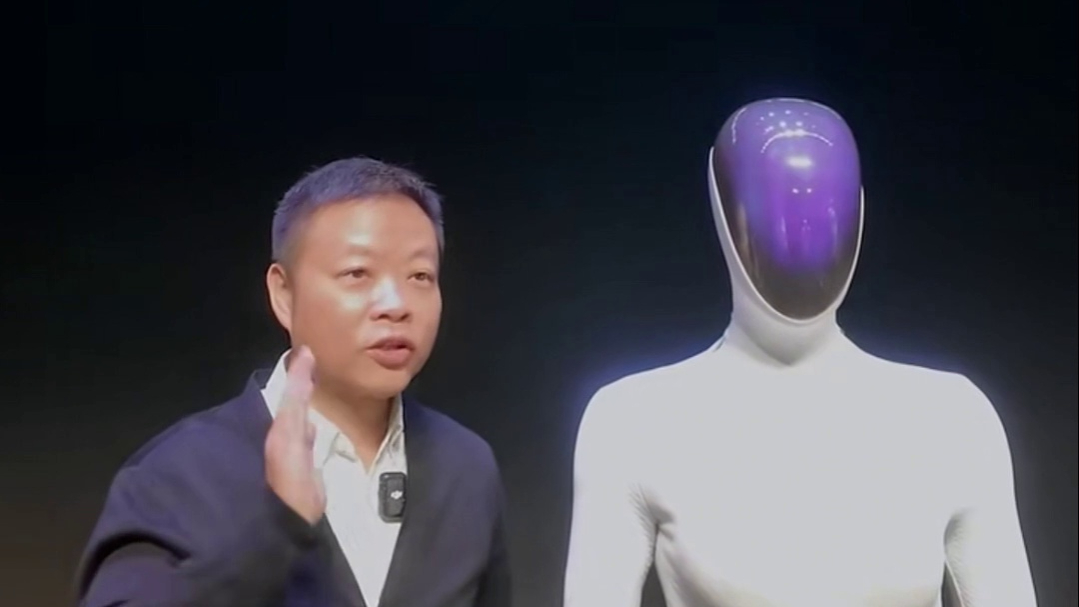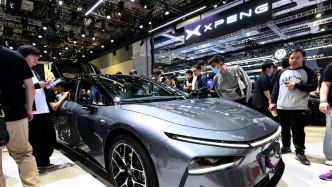
XPeng Motors' humanoid robot has gone viral, drawing significant market attention to its supply chain companies.
On November 5th, XPeng Motors unveiled its new generation humanoid robot, IRON, at the 2025 XPeng Technology Day event. This humanoid robot features a humanoid spine, bionic muscles, and fully covered flexible skin, and can be customized to fit different body types. It has garnered significant attention due to its highly human-like walking posture.
According to XPeng, thanks to its extremely human-like design, the new generation IRON has 82 degrees of freedom throughout its body, making its movements extremely flexible and capable of performing difficult human-like movements such as "cat walking". It uses "harmonic joints" to achieve a 1:1 human hand size and has 22 degrees of freedom, enabling it to perform precise grasping movements.
In terms of intelligence, it is equipped with three XPeng self-developed Turing AI chips, with an effective computing power of 2250 TOPS, and is the first to be equipped with XPeng's first-generation physical world model (i.e., XPeng's second-generation VLA model), which can realize advanced intelligence such as dialogue, walking and interaction.
The next generation of IRON will utilize all-solid-state battery technology to achieve lightweight, ultra-high energy density, and safety, ensuring long battery life and safe operation of humanoid robots in complex environments.
In an interview with The Paper and other media outlets, XPeng Motors Chairman and CEO He Xiaopeng revealed that the next-generation IRON will enter mass production by the end of 2026, and that a cooperation agreement has been reached with Baosteel for industrial applications. He also optimistically predicts that annual sales of humanoid robots will exceed one million units in 10 years.
Industry experts and market institutions generally believe that 2026 will be a crucial year for the accelerated growth of humanoid robot deliveries. A report by Huaxi Securities points out that humanoid robots, as the core carrier of embodied intelligence, are on the eve of a commercial explosion. Policy support, technological maturity, surging demand, and supply competition are jointly driving industry development, and the global market size is expected to exceed US$150 billion by 2035.
As one of the core carriers of artificial intelligence, humanoid robots are a fiercely contested area for global technology companies. In China, the humanoid robot industry chain has formed a relatively complete ecosystem, and a trend of domestic substitution has emerged.
A-share listed companies are making significant strides across various upstream and downstream sectors. Several companies have officially announced that they have secured bulk orders and successfully entered the supply chain thanks to technological breakthroughs. For example, Fangzheng Motor (002196) has publicly stated that it has established a joint venture with XPeng, Fangde Robotics, and multiple institutions have reported that Shuanglin Shares (300100)'s self-developed reverse planetary roller screw has entered XPeng's supply chain. Furthermore, at the software level, although XPeng's suppliers are not explicitly identified in the industry chain, domestic AI chip leader Cambricon (688256) and other companies with strong industry technological synergy are also expected to enter the supply chain.


